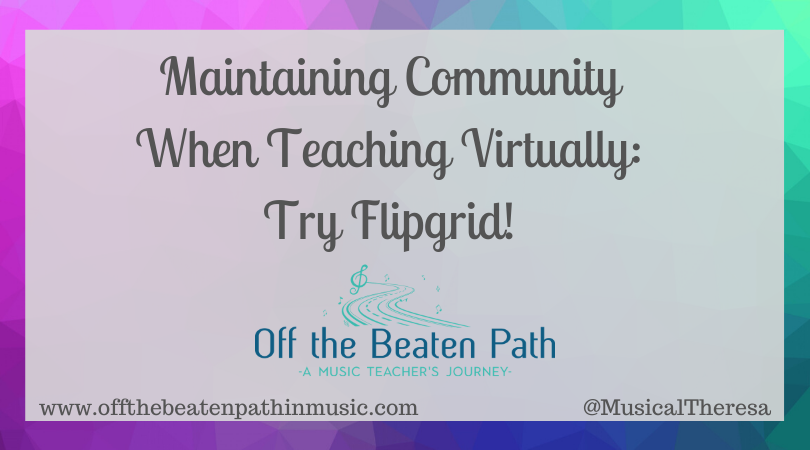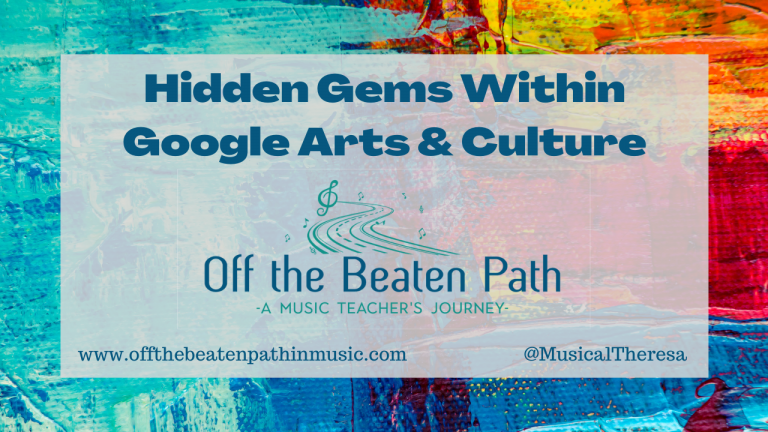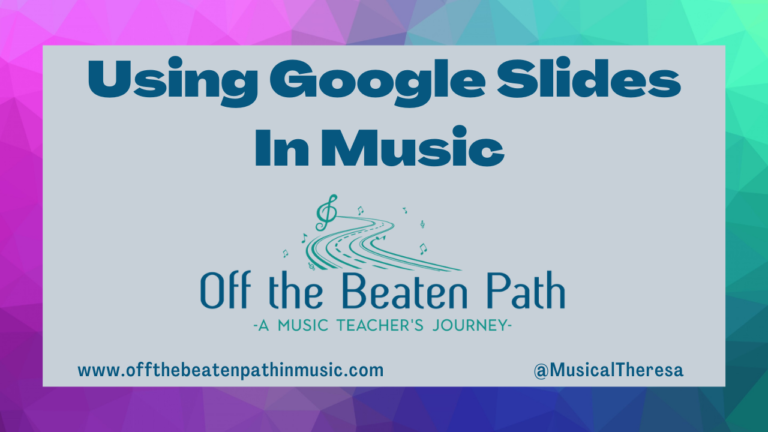Maintaining Community When Teaching Virtually: Try Flipgrid!
While this is technically the fourth in the series of short posts about technology tools, it wasn’t my intended topic for the week! However, given the current events and everything going on with #COVID19, this seems to be the most relevant.
Teaching in a brand new school this year and starting a band program from scratch, I have given a lot of thought about the culture and community I wanted to build. Developing relationship, between myself and the students, and the students with each other, has been a big focus. Now, as we move to virtual learning for the next few weeks, this “social distancing” threatens to negatively impact those relationships we have formed. My thought – could Flipgrid help with this?

This is not my first post about Flipgrid, and it likely won’t be my last. It’s a tool that grown exponentially since I began using it three years ago and I see this trend continuing. In short, Flipgrid is a video response platform. Students create videos about a specific topic and can interact asynchronously with videos created by classmates. All videos are contained within Flipgrid, making it a walled-garden safe for classroom use.
How can we use Flipgrid to help maintain community in these challenging times?
When students are learning from home, we hope they will continue practicing their instruments. Last week I distributed several new pieces to each of my bands to make sure they had new material to work on! But this isn’t always easy for students, only practicing alone when they are used to time with an ensemble. We are social creatures, and the band room is a social environment! Many students thrive on this time to make music with their peers – they likely didn’t join band to only play the clarinet alone in their bedrooms! My goal over the next few weeks is to leverage the power of Flipgrid to keep the social music-making alive.
Not sure where to start? Here are a few ways you can use Flipgrid to maintain community when teaching virtually:
- Have students create a video performing their favorite part of a piece they were working on in class, explaining what they like about that part. Then have students respond to at least two classmates’ videos.
- Create a “challenge of the day/week” – perform a song that starts with a specific note, perform a song that contains a specific rhythm, perform a song backwards (starting at the end), compose a short melody, etc.
- “Name That Tune” – have students play a song but not mention the title. Students must then guess which songs their classmates played.
- “Pass it On” – do you have students who like to improvise? Play an improvised melody but purposely don’t “finish” it. The next student must continue the melody where you left off! Continue the chain as long as possible.
- Peer feedback – ask students to create a video of something new they have been practicing, or even something they are struggling with. Encourage students to give their classmates “advice” to work on. (Often advice feels less like criticism, and is better received!)
- Do you have students who enjoy other music-making outside of playing their band instrument? Ask students to share! Whether they sing, play the piano, guitar, or anything else, many students will enjoy sharing this other part of their life.
There are countless additional ways you could use Flipgrid in the music classroom, many teachers conduct playing tests this way and have students complete self-reflections. While these are valuable tasks, I really encourage you to look beyond assessment purposes and think about how we can keep our students connected. Music is powerful, and we don’t want to lose sight of why we do this!
Interested in learning more about Flipgrid? Here are some additional resources:



